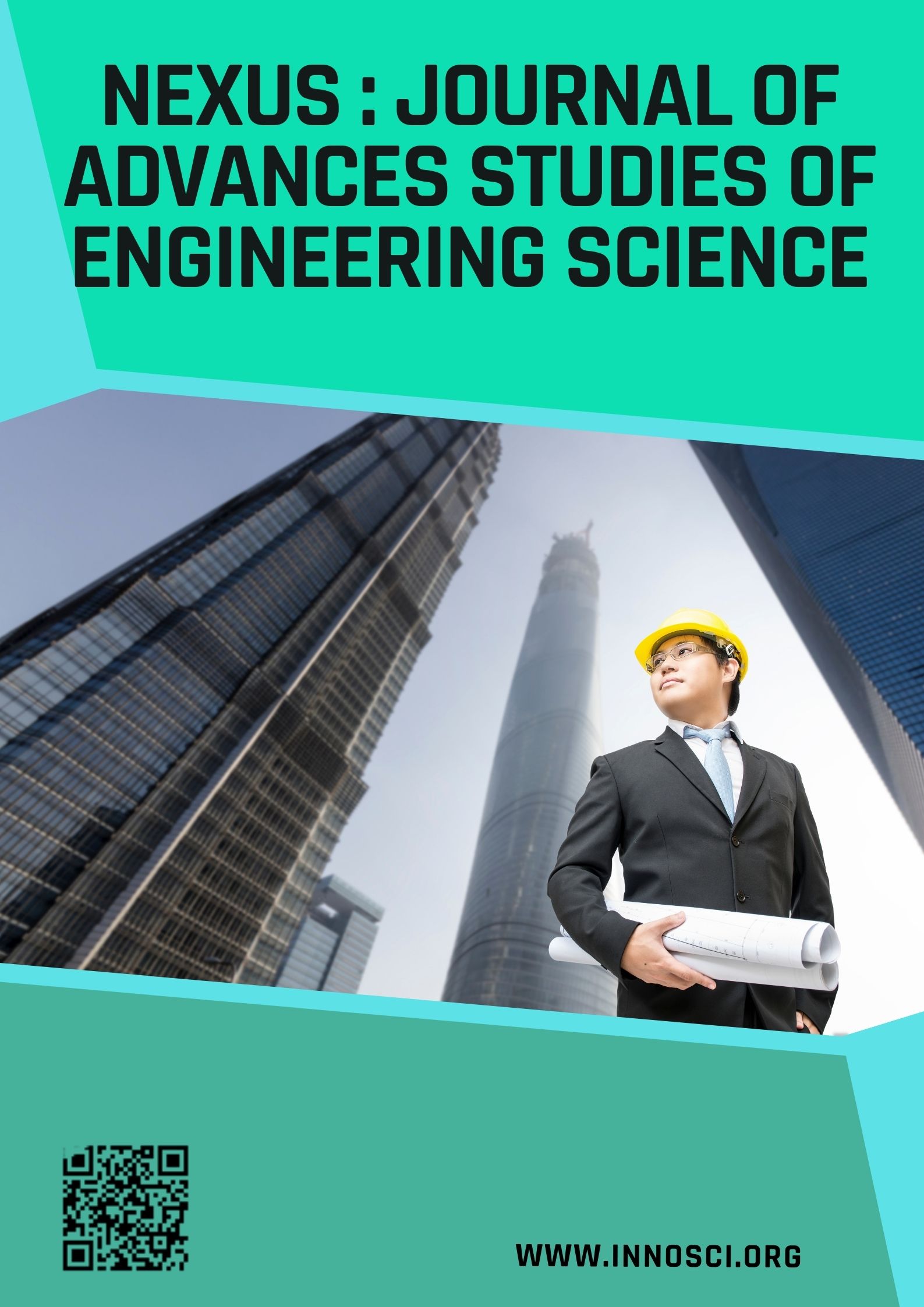The Use of Similes in the Epic "Yusup-Zuleyha"
Keywords:
simile, embellishment still, emotional, event, hero, stylisticsAbstract
In writing, in speech, all three methods are used to improve the complexity of the thought, the quality and the sharpness of the moment. In literary studies, the means of speech are called "means of speech", "depicting means", and "tropes". Tropes are used in speech language and with great creativity. A. M. Gorkiy says that "language is the first element of literature", because the excellence of any literary work is seen in the form of its language, in the form of the tools used there. [1-77] One of them is the novel. Simile is the first type of trope. In the Karakalpak language, there is many threes of the same number in beautiful poems. In the form of similes, the object or phenomenon is gradually emphasized and one of them is compared to the other. Simulating one object to another object, in the form of comparison, similes are created. In the similes, natural and life objects are taken. They were rejuvenated from the traditional ways of word associations that were not found in the new, poetic language. Similes are used effectively both in written literature and in folklore. At the same time, in the everyday language of the population, some similes are used to reveal the image of the heroes in the Karakalpak sagas. Epics are the greatest memory of every citizen. They are the most extensive and complex type of folklore that includes all examples of folklore. Epics talk about people's lifestyle, history, traditional programs, ethnography, and social situations. Epics are the largest and most complex type of essays on population. Therefore, in this article, we want to dwell on the similes in the "Yusup-Zuleyha" epic poem.




